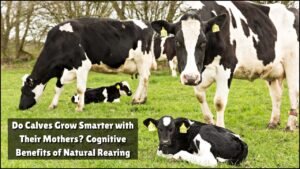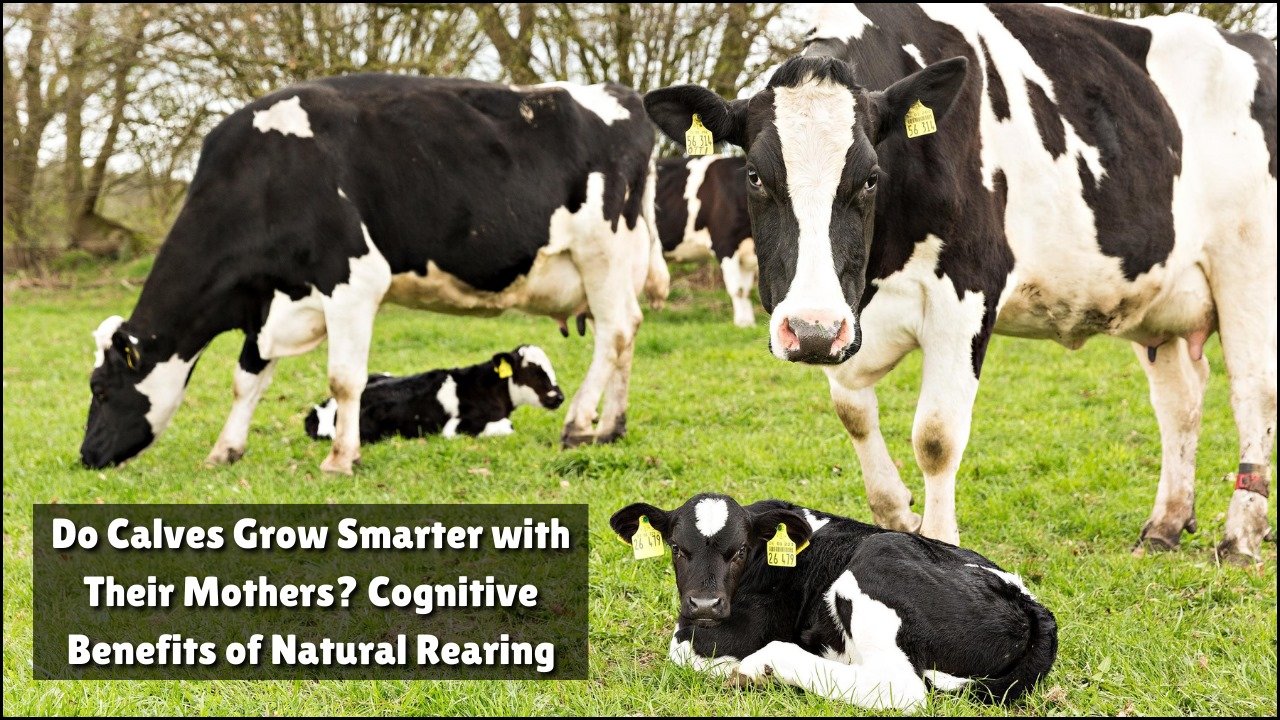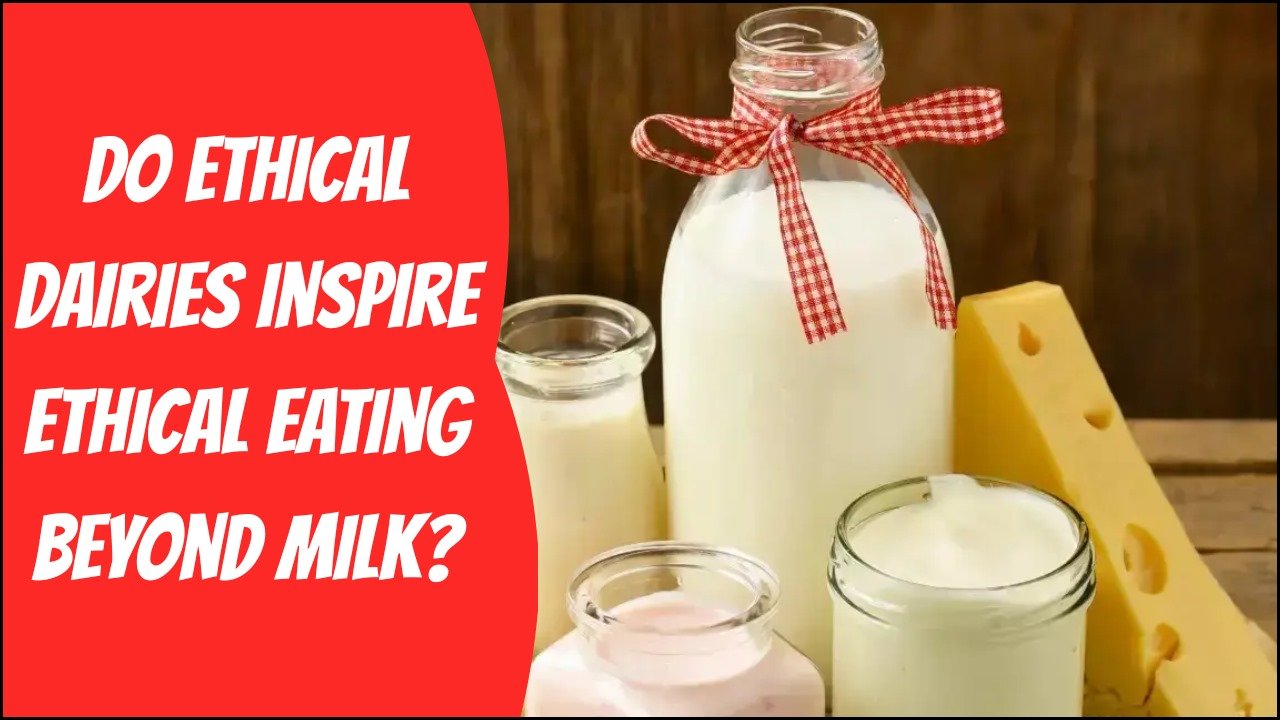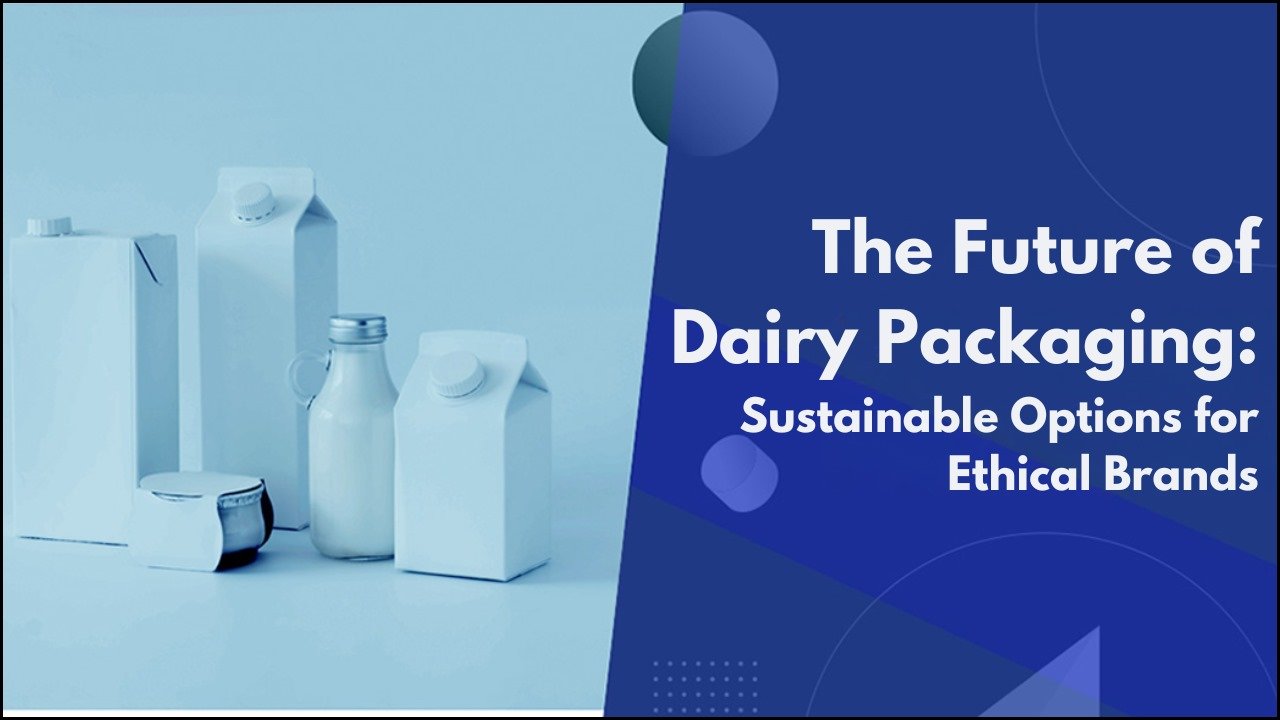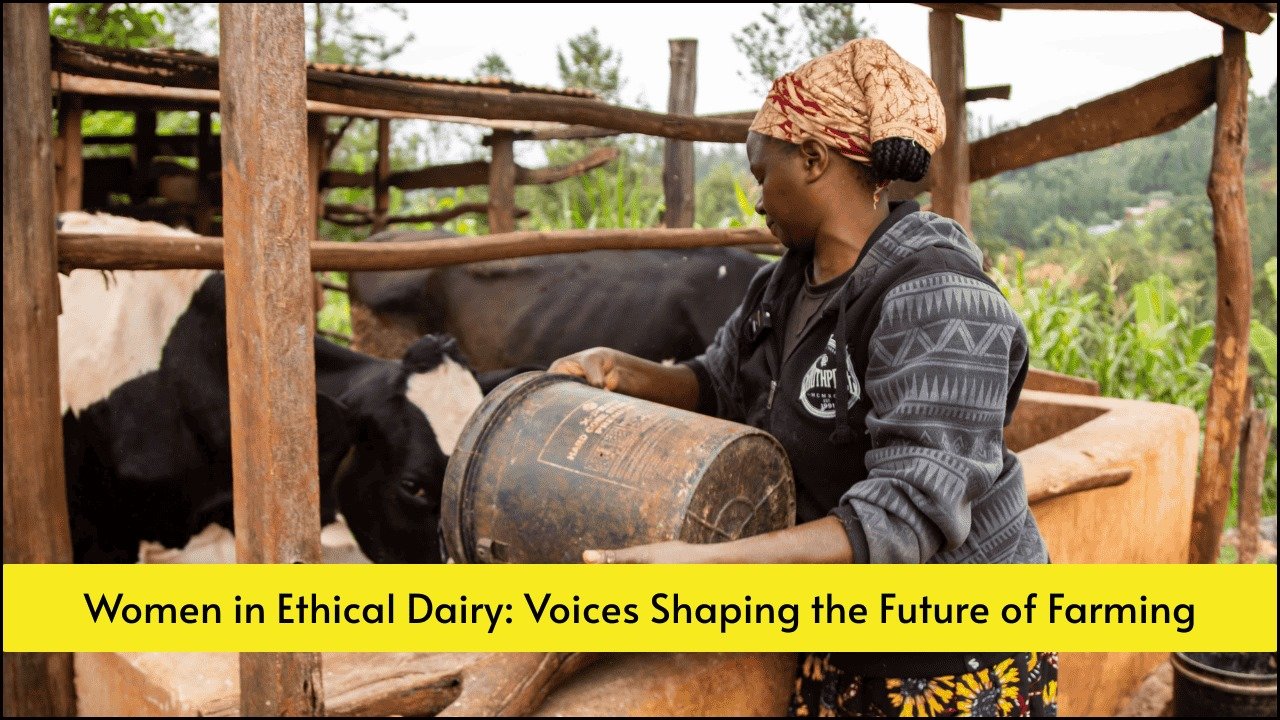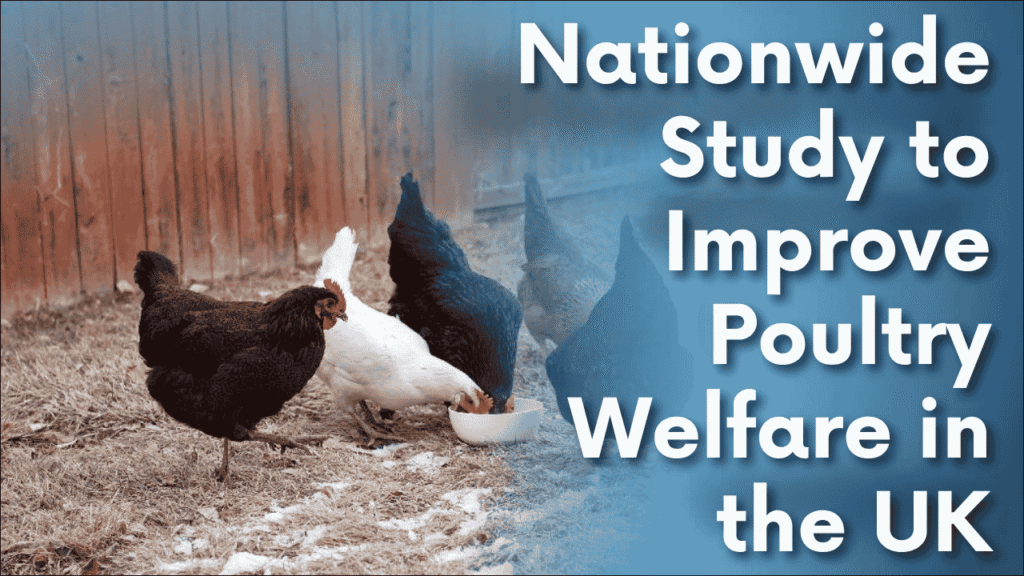
A nationwide research initiative has been launched in the UK to enhance the welfare of commercial poultry during critical handling stages. Spearheaded by Scotland’s Rural College (SRUC) and the University of Bristol, this three-year project is backed by a £500,000 investment from Defra. The study will evaluate the effects of poultry catching and handling methods used when birds are relocated or prepared for slaughter. Insights from over 100 flocks will guide the development of evidence-based best practices that prioritize bird welfare.
Table of Contents
Key Objectives of the Poultry Welfare Study
- Improve Welfare Standards: Research focuses on refining techniques that reduce stress and injury to birds during catching and handling.
- Compare Handling Methods: The study will assess two main techniques: catching birds by two legs versus catching them upright.
- Gather National Data: Data will be collected from over 100 commercial flocks across the UK, ensuring a wide representation of practices and outcomes.
- Train Catching Crews: All farm participants will receive specialised training in both handling methods to maintain consistent research conditions.
- Establish Best Practices: Final results will serve as guidance for the poultry industry, helping to implement higher welfare standards nationwide.
Participating Institutions and Collaborators
| Institution/Group | Role in the Study |
|---|---|
| SRUC (Scotland’s Rural College) | Leading research, data analysis, and training coordination |
| University of Bristol | Academic research partner, contributes expertise in animal welfare |
| Humane Slaughter Association | Welfare advocacy, ensuring ethical standards during animal handling |
| Veterinary Consultant | Advises on poultry health and welfare throughout the project |
| Defra (UK Government) | Funding and commissioning body overseeing research |
Scope and Scale of the Research
- Duration: The study will run for three years.
- Bird Categories Involved: Initial research will focus on broilers (meat chickens), layers (egg-laying hens), and pullets (young hens not yet laying).
- Study Settings: Over 100 flocks across different housing and farming systems will participate.
- Assessment Points: Data will be collected during bird transitions between systems and at pre-slaughter stages.
Handling Methods Under Review
| Method | Description | Potential Welfare Impact |
|---|---|---|
| Two-Leg Catching | Birds are caught by both legs and carried upside down | May cause more stress, wing injury, or fear |
| Upright Catching | Birds are held in an upright position and carried gently | Potentially less stressful, better control |
Expected Outcomes of the Study
- Comprehensive Welfare Assessment: Comparative data will highlight differences in stress levels, injury rates, and behavioral responses between the two handling methods.
- Improved Handling Protocols: Recommendations will be developed to standardize less harmful practices across the UK poultry industry.
- Enhanced Catcher Training: Farm staff will be trained in methods that reduce physical and psychological distress in birds.
- Broader Industry Benefits: Findings could influence welfare legislation, retailer standards, and consumer expectations.
Training Component of the Study
- Uniform Training Standards: All catching crews across participating farms will be trained using a consistent framework.
- Practical Demonstrations: On-site demonstrations and workshops will be conducted to reinforce safe and humane practices.
- Performance Monitoring: Trained teams will be evaluated during the data collection phase to ensure compliance.
Statements from the Research Team
- Dr. Vicky Sandilands, SRUC: “High animal welfare standards are a key component of agricultural best practice and so we’re grateful to Defra for the opportunity to investigate the impact of catching and handling on chickens.”
- Research Collaboration Intentions: SRUC’s Monogastric Innovation Centre and Animal Behaviour and Welfare teams aim to work closely with the University of Bristol and the Humane Slaughter Association to produce solid, actionable findings.
Potential Benefits to the Poultry Industry
| Benefit | Description |
|---|---|
| Reduced Injuries | Better methods may lead to fewer wing fractures, bruises, or stress-induced conditions |
| Improved Product Quality | Stress-free handling can enhance meat and egg quality |
| Greater Consumer Trust | Ethical handling practices meet rising consumer expectations for animal welfare |
| Policy Influence | Research findings may contribute to updated welfare guidelines or legal frameworks |
Research Significance
- Welfare as a Priority: The study emphasises welfare not as an afterthought but as an essential part of agricultural productivity.
- Scientific and Practical Balance: Both academic inquiry and real-world application are central to the project’s structure.
- National Relevance: With such a broad data collection scope, the outcomes are expected to be relevant for poultry producers across the UK.
Key Focus Areas Moving Forward
- Behavioral Indicators of Stress: Observations will include vocalization, posture, and movement after handling.
- Physical Health Monitoring: Post-catching injuries will be documented and analyzed.
- Time Efficiency
Handling duration will be compared between methods to determine operational feasibility. - Long-Term Implementation Plans: Research findings will inform training modules, welfare certification programs, and possible regulatory updates.
End Notes
This nationwide study reflects a strong commitment to elevating poultry welfare through evidence-based handling practices. By combining scientific research, industry experience, and welfare advocacy, the project promises to create real improvements in the treatment of farmed birds across the UK. Results will not only inform best practices but may also reshape how the poultry sector approaches animal care from farm to slaughter.

